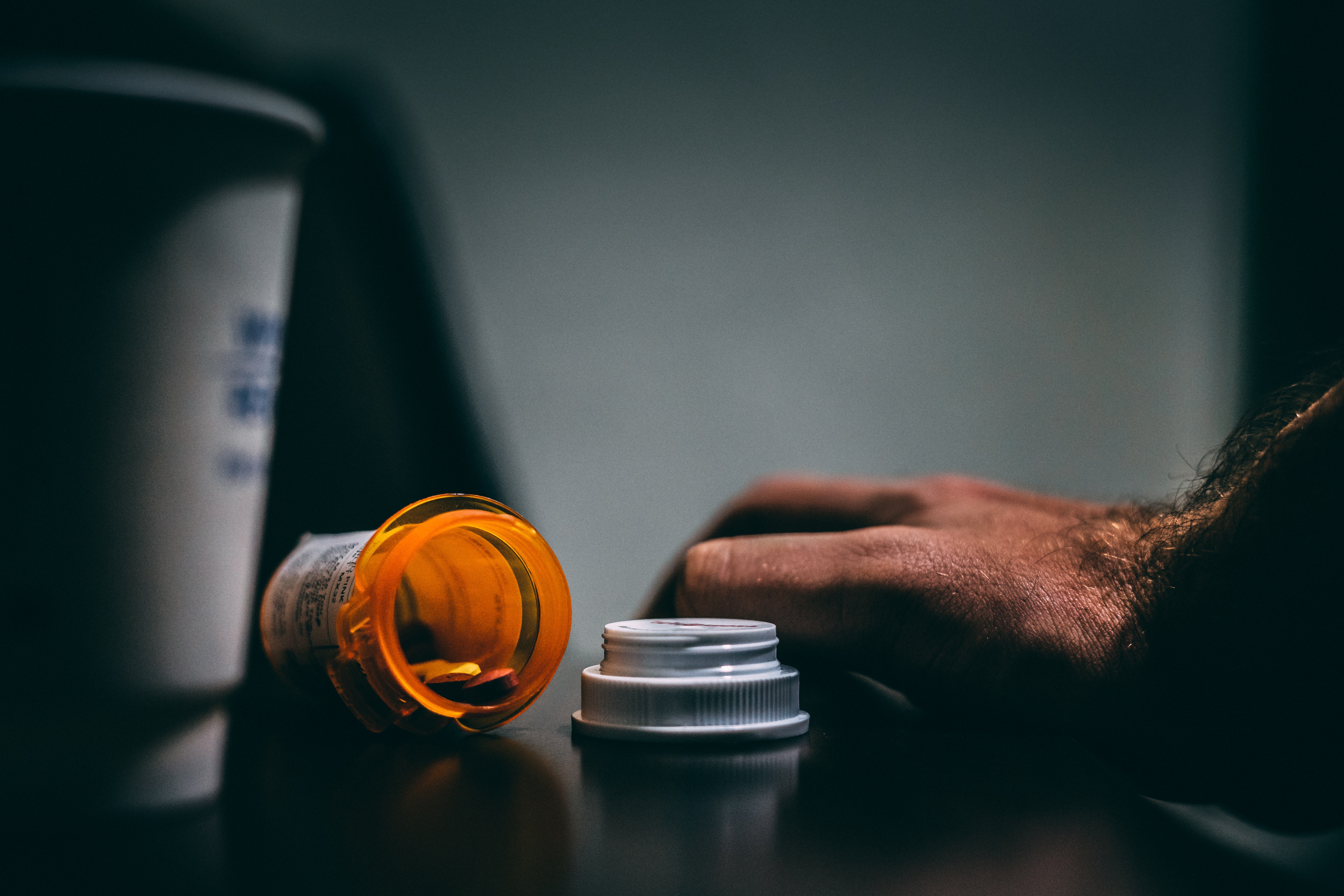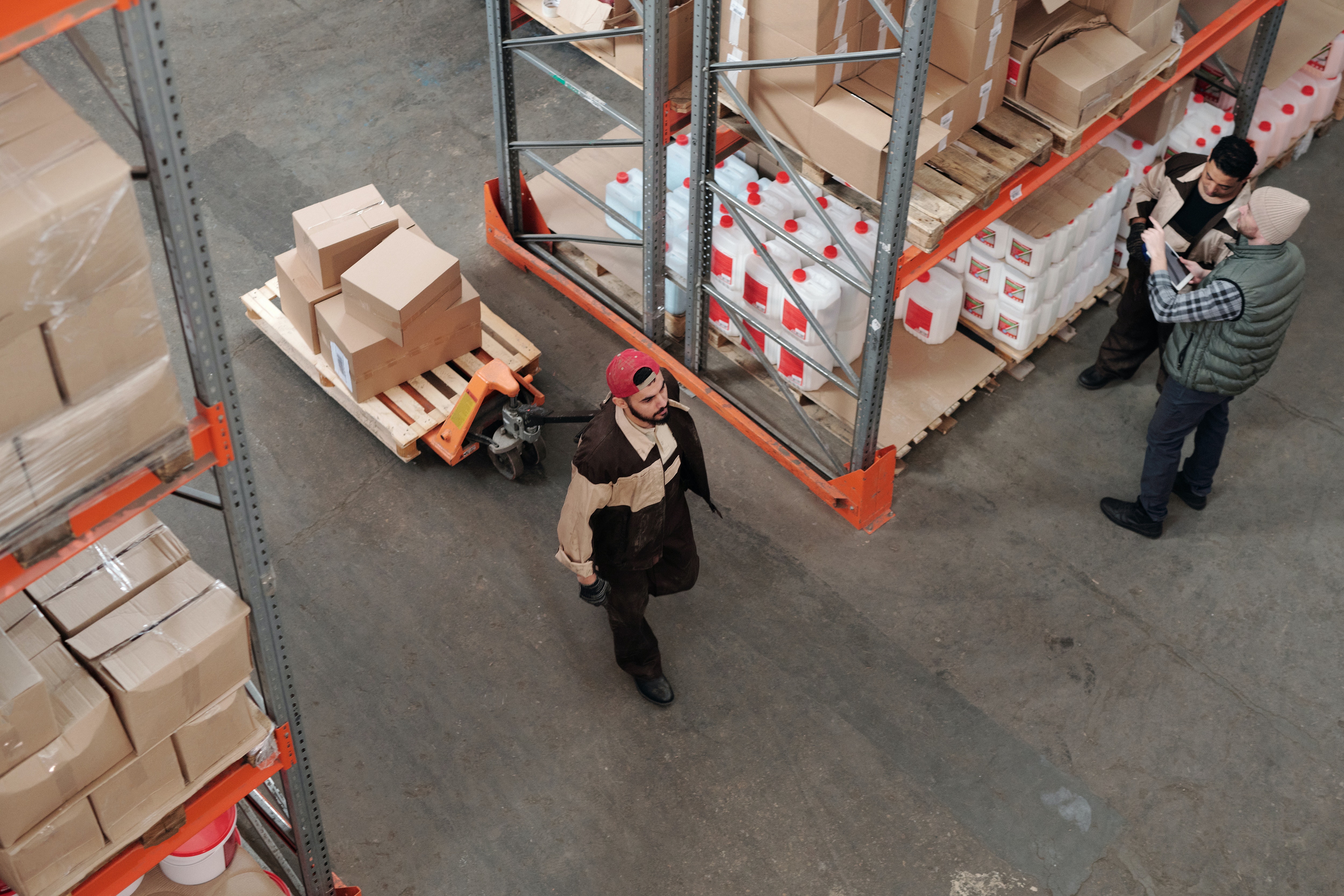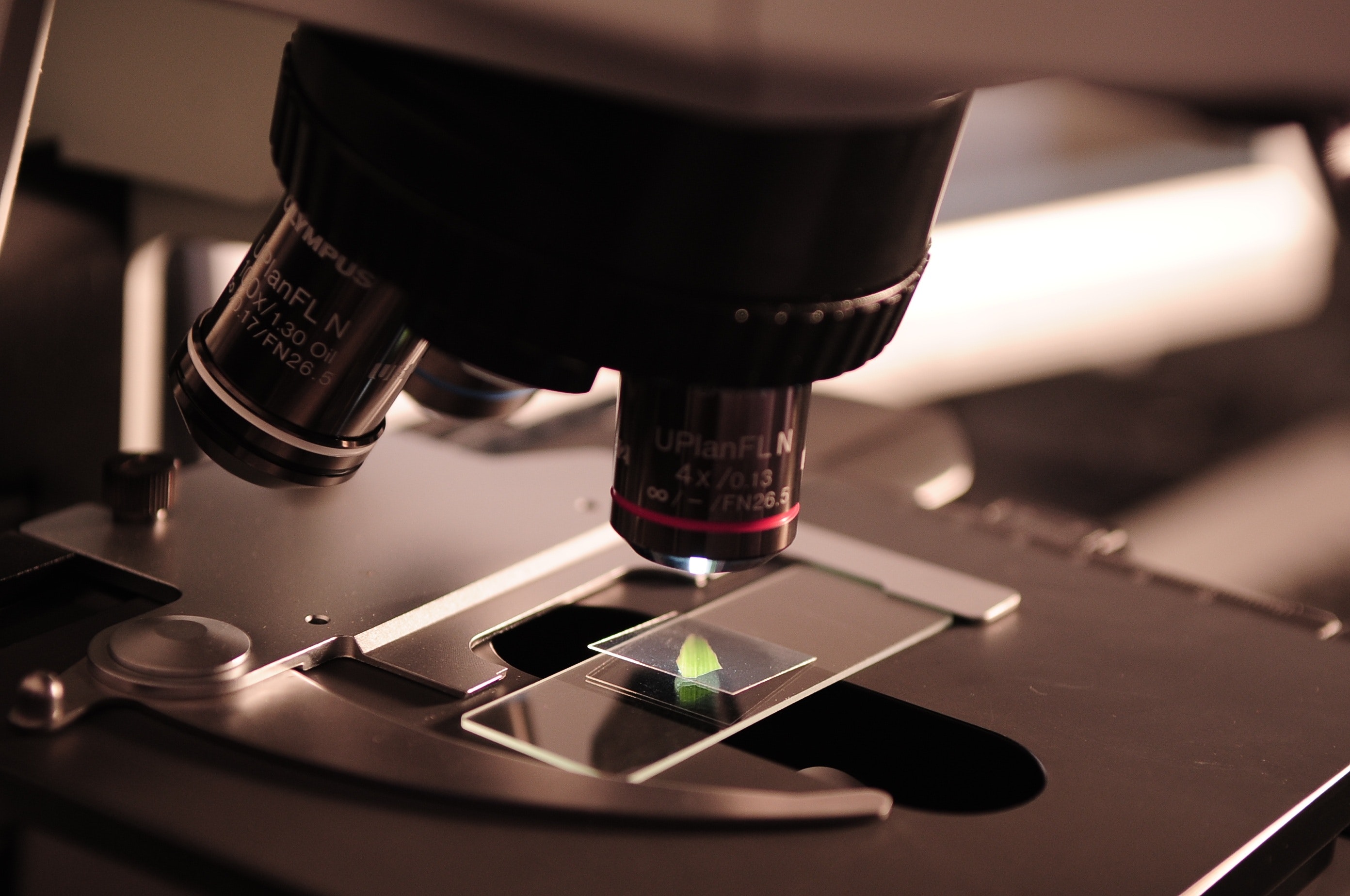For many in the pharmaceutical industry, wet granulation is an essential process. This process can increase the physical properties of drug particles, improve flowability, and increased compressibility. In this blog post, we’ll explore what wet granulation is and why it’s important for producing quality drugs.
What Is Wet Granulation?
Wet granulation is a process used to create uniform particles from powdered material. It involves combining the powder with a binding liquid such as water or alcohol, which binds together the individual particles in the powder. The resulting material is then passed through a screen or mill to create uniform particles of the desired size. The binding agent can also be used to improve the flowability and compressibility of the granulated material, making it easier to handle and package for shipment.
The Benefits of Wet Granulation
Wet granulation has several advantages over dry granulation processes including increased particle size consistency, improved flowability and compressibility, the increased shelf life of drugs due to improved moisture resistance, and more uniform doses due to improved particle shape control. Additionally, this process can help reduce dust levels in pharmaceutical facilities by preventing airborne particles from entering production areas during handling operations.
How Can You Ensure Quality During Wet Granulation?
Wet granulation requires careful monitoring during production to ensure that all parameters remain within specified limits. For example, mixers must be calibrated regularly to ensure that they are delivering accurate amounts of powders and binder liquids into the hoppers during processing. Additionally, it's important to monitor product temperature throughout processing as high temperatures can affect tablet hardness and disintegration time. Finally, all products should be tested for consistency before being released for packaging or shipping.
Wet granulation is an essential process for many in the pharmaceutical industry because it increases the physical properties of drug particles while improving flowability and compressibility. It also helps reduce dust levels in production facilities by eliminating airborne particles from entering production areas during handling operations. To ensure quality results during wet granulation processes, mixers must be calibrated regularly and product temperature should be monitored throughout processing before final release for packaging or shipping. With proper monitoring and maintenance procedures in place throughout production processes, manufacturers can produce quality products that meet customer needs while staying compliant with government regulations relating to safety standards in drug manufacturing processes.






